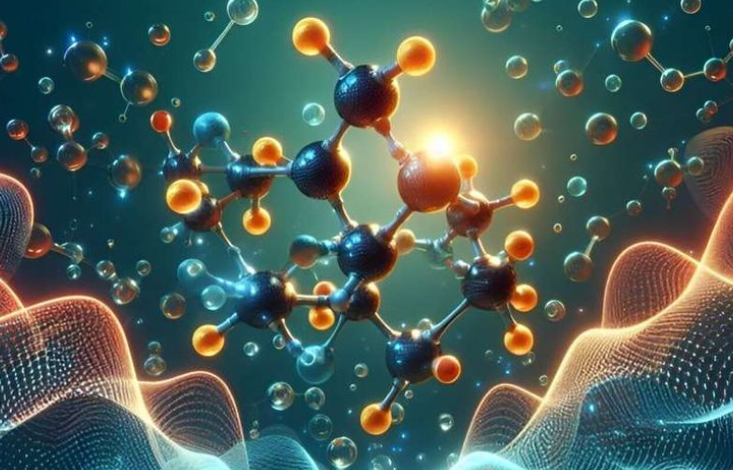Why Quality Control Matters in Ultra High Molecular Weight Polyethylene Manufacturing Processes

Manufacturing ultra high molecular weight polyethylene (UHMWPE) is a process that demands extreme precision. It’s not just about melting plastic and forming it into a shape. The strength, reliability, and performance of the final product depend on every small detail throughout production. That’s why quality control is not a box to check. It’s the heartbeat of the operation.
Importance of Material Purity in Ultra High Molecular Weight Polyethylene Manufacturing
At the start of production, raw materials must be extremely pure. No room for error. Ultra high molecular weight polyethylene is a type of thermoplastic with a very long molecular chain. This gives it unmatched strength and durability.
In this phase, even the smallest impurity can affect the polymer chain. It may weaken the material or change its behavior under stress. This is why manufacturers rely on advanced filtering and chemical analysis. Each batch is tested before the process begins. Material purity sets the stage for everything that follows.
If you’re sourcing ultra high molecular weight polyethylene manufacturing, always verify that suppliers follow tight purity standards. It’s not just about quality—it’s about safety and performance.
See also: Exploring the Versatility of Diodes Lasers in Modern Technology
Maintaining Consistency in Ultra High Molecular Weight Polyethylene Manufacturing
Consistency ensures that every piece of UHMWPE performs the same way. From medical implants to industrial liners, the expectations are high. In ultra high molecular weight polyethylene manufacturing, no two runs should be different.
Process variables like temperature, pressure, and cooling rates must be controlled precisely. Computers and sensors monitor every moment. Even slight deviations can affect the molecular structure. That’s why companies use automated systems that adjust parameters in real time.
This level of control doesn’t happen by accident. It’s built into the entire operation. Consistency saves costs, reduces waste, and builds trust with customers. It’s a direct result of rigorous quality control.
Role of Process Control in Ensuring Product Strength
Strength is one of UHMWPE’s most important qualities. It’s used in bulletproof vests, joint replacements, and high-load machine parts. To meet those expectations, manufacturers must manage the entire process with care.
From polymerization to shaping and cooling, every stage affects the final strength. Quality control teams take measurements and run stress tests constantly. They don’t wait for the end. They monitor during production.
Avoiding Contamination in Polyethylene Manufacturing Environments
Contamination is a silent enemy. It’s not always visible, but it can ruin a batch. In cleanroom manufacturing, every tool and surface must meet strict standards.
This is especially true for ultra high molecular weight polyethylene used in medical or food applications. Dust, oil, or even human contact can introduce risks. Quality control here means more than just testing materials. It means creating a controlled environment.
Air filters, sealed rooms, protective clothing—all part of the process. Employees are trained to work clean. Equipment is inspected daily. These efforts keep the material free from contamination and meet the strictest global certifications.
Final Inspection and Testing Before Product Delivery
The last step is just as important as the first. Before a product leaves the factory, it undergoes final checks. Quality control teams examine each piece for size, finish, and performance.
This includes stress testing, visual inspection, and sometimes chemical analysis. In ultra high molecular weight polyethylene manufacturing, it’s the last chance to catch any mistake.





